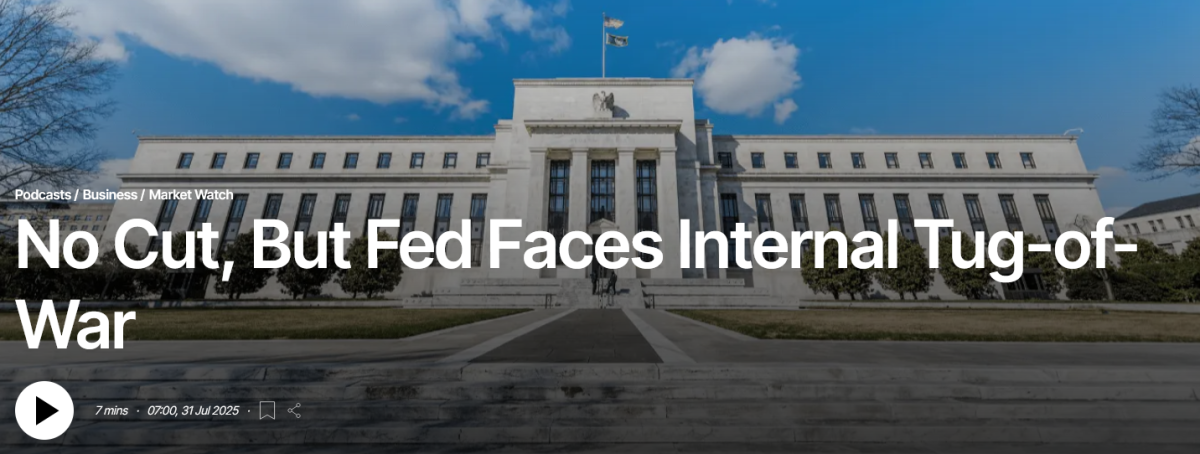The focus of global markets is shifting this week. While U.S. data remains important, the most significant catalysts are now emerging from abroad. A potential policy pivot from the Bank of Japan and tentative signs of life in emerging markets are creating new opportunities and risks. We dissect a pivotal currency pair, a broad global equity index, and a key sector reacting to new economic fears.
The Yen at a Turning Point
The Japanese Yen is showing significant weakness against the U.S. dollar, with our models forecasting a steady decline in the USDJPY pair. This move is less about dollar weakness and more about a fundamental repricing of the Bank of Japan’s stance. For years the BoJ has been the world’s most dovish central bank, but speculation is now intense that a shift in its policy is approaching. A move away from its ultra easy policy would have profound implications for global capital flows, and this currency pair is where that battle is being fought.
A Glimmer of Hope for Emerging Markets
Emerging market equities are poised for a week of modest but stable gains. This newfound stability is supported by two key developments, a leveling off in the U.S. dollar’s ascent which eases financial conditions for these economies, and renewed optimism for stimulus measures in China. While significant risks remain, our forecast suggests a potential rotation back into a deeply undervalued asset class, one that global investors are watching closely for signs of a durable recovery.
Energy Stocks Confront Slowdown Fears
The energy sector, a recent market leader, is set for a significant pullback this week. This reversal is driven by a growing concern that demand destruction from a global economic slowdown will now outweigh previous supply constraints. The forecast suggests that after a strong run, energy stocks are vulnerable to a repricing as markets begin to focus more on declining future consumption than on current inventory levels. This makes the sector a key barometer for global growth expectations.
Conclusion
This week’s key takeaway is the broadening of market narratives beyond U.S. borders. The policy decisions in Tokyo and the economic recovery in Beijing are becoming just as critical as pronouncements from the Federal Reserve. This complex global interplay, coupled with rising fears of a growth slowdown, suggests that investors must now maintain a wider and more dynamic field of vision.
The content presented in this note is for informational purposes only and should not be construed as investment, financial, or trading advice. This analysis is generated from the output of Complete Intelligence’s proprietary artificial intelligence platform and does not constitute a personal recommendation. You should not base any investment decision solely on this material. Please consult with a qualified financial professional before making any investment decisions. Complete Intelligence is not liable for any actions taken based on the information provided herein.




